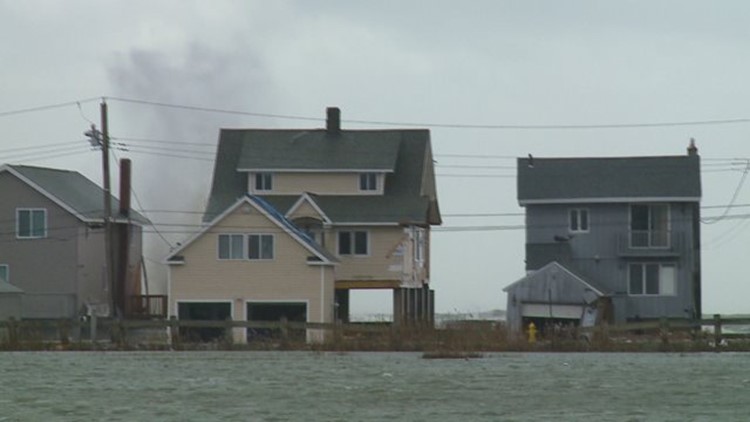“We have a changed shoreline now," said Jay Bassett, building inspector for the town of East Haven. "Where there were so many structures that were torn down or washed out to sea, that had to be replaced”
All thanks to powerful wind and waves from a storm that, for Connecticut, wasn’t even at hurricane force. In the four years since, Bassett has been a busy man. He’s on top of building code changes made statewide since the storms.
“There were very restrictive codes in place prior to Irene," he said.
Code in place before the storm kept newer building mostly intact.
“The code hasn’t changed that much – just a few small things – they were there in place," he said. "And with houses built in the last 10 years - Irene hits – that house is still there.”
Minor changes in the laws affecting braced walls and breakaway laws – already part of the code – were made stronger.
“The biggest change is what we call anchorage, or uplift," he said. "We want to make sure the houses on piles are anchored, all the way up to the ridge.”
The intention is keeping living space, and people above – safe from the storm like Irene, and later Sandy, with winds and waves would cripple shoreline communities.
“If stormwater comes in, these walls will come in and out with the tide but that’s OK," he said. "Cause the structure is fine.”
He’s optimistic that houses that have been built with the higher code in recent years, even before Irene came four years ago, will withstand any future storms that come to Connecticut.



